Industry - Interview
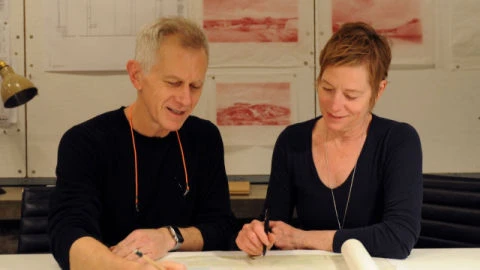
Interview with Architect Jeffrey Klug, Partner of BUTZ + KLUG Architecture from Boston
Industry - Interview
by Meryem Aksoy
Jeffrey Klug combines the education he gained from many different schools with the experience of living in Zurich and Rome. In 1996, with Pamela Butz, he established BUTZ + KLUG Architecture in Boston. With their contemporary vision and architectural insights that pay attention to details, they have offered bespoke living spaces to their clients for over 20 years. In addition to being an architect, he is also educating the architects of the future. I talked with Jeffrey Klug about his career, his architectural approach, BUTZ + KLUG Architecture, and some details and basics of their residential projects.
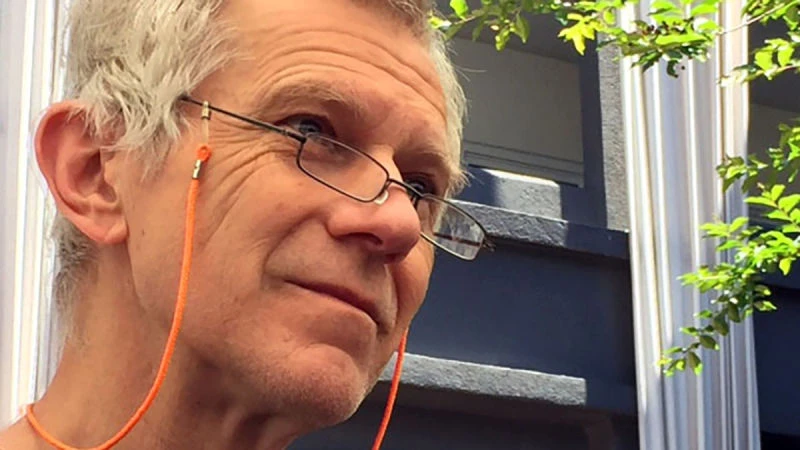
Jeffrey Klug - BUTZ + KLUG Architecture
Jeffrey, before talking about BUTZ + KLUG Architecture, could you tell us about your educational background, career and architectural experience? Who is Jeffrey Klug?
I spent a really long time in higher education (almost 11 years), this was back when the college was inexpensive by today’s standards. I had no idea what I wanted to do when I left high school nor did I give college choice much thought. I was a Math major, then a Forestry major, then a Philosophy major, a lot of comp. lit. was mixed in there, all before Architecture. It was all interesting and I really didn't have a very good high school education so at least two years of college was devoted to learning what I missed in high school. I attended four different undergraduate institutions and two graduate schools. It was all exciting and I loved most of it, I am grateful it was affordable. That said, when I ran out of money I would take time off and work, so school and work overlapped quite a bit. Work consisted of both professional practice and teaching so by the time I finally left school I had quite a bit of experience and when the opportunity came it wasn’t that hard for my partner and I to go off on our own.
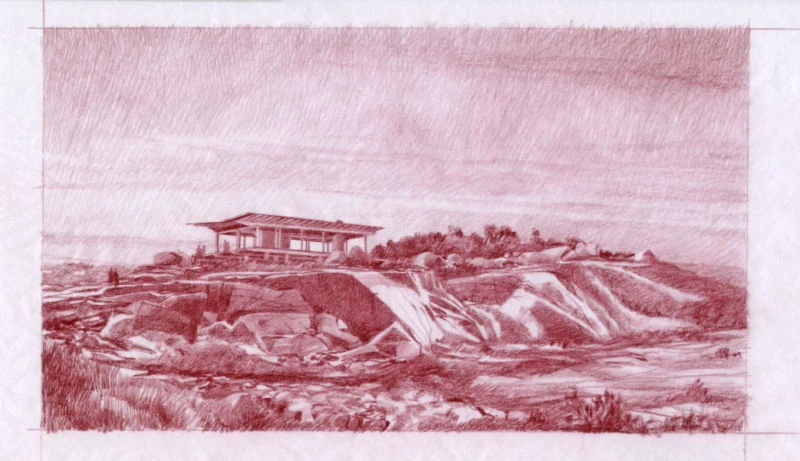
BUTZ + KLUG Architecture
Why did you decide to pursue a career in architecture? What inspired you?
In my junior year in college, I walked into a friend’s Architecture Studio and knew immediately that this was a discipline that would be infinitely interesting; that you could never exhaust it, that you would always keep learning. Once I immersed myself in design I remember being in awe of the influence that the human-made world, the physical and spatial environment that we shape, had over the way we behave and relate to each other both personally and as a society and I saw the power of beauty and its relevance to the human spirit. I have never lost that enthusiasm for the discipline, that is what lead me to teaching.
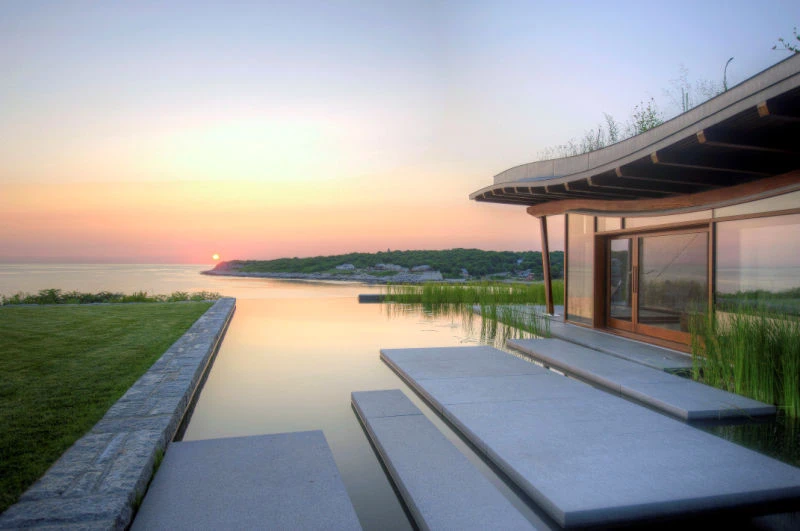
BUTZ + KLUG Architecture
How could you define your architectural approach? How did your experiences in Switzerland affect your vision?
It is insightful that you tied those two things together in one question, they are undoubtedly related. First Switzerland: I taught at the ETH in Zurich for 6 years and I certainly learned as much if not more than I taught. I had wonderful colleagues and it was an enriching time and a great atmosphere of academic debate. Times like that push you to become quite articulate about your values and cause you to question many assumptions. One important aspect of the experience was seeing how well the Swiss build and what that quality means in the role of buildings in society (a gift to the next generation as opposed to a short-term financial investment) and the power and clarity that quality brings to the ideas that are manifest in buildings. It also allows you to embrace the craft and processes of construction as part of the speculative process of design. Both my partner and I aspire to bring that level of craft and quality to every project that we design here in the US.
The second part of living in Europe that is influential to both my partner and I is our Italian experience. My partner taught in Florence, Italy while I was living in Zurich and ultimately we both taught in Rome. Italy taught us many things but perhaps the most relevant is that the legibility of history is critically important. In Italy, this is clear at the scale of the building, the city, and the landscape. Although our work is quite contemporary, the history of a place, its physical and historical context, whether it is a renovation or new construction, is important to us and embracing that history lends depth and significance to the building.
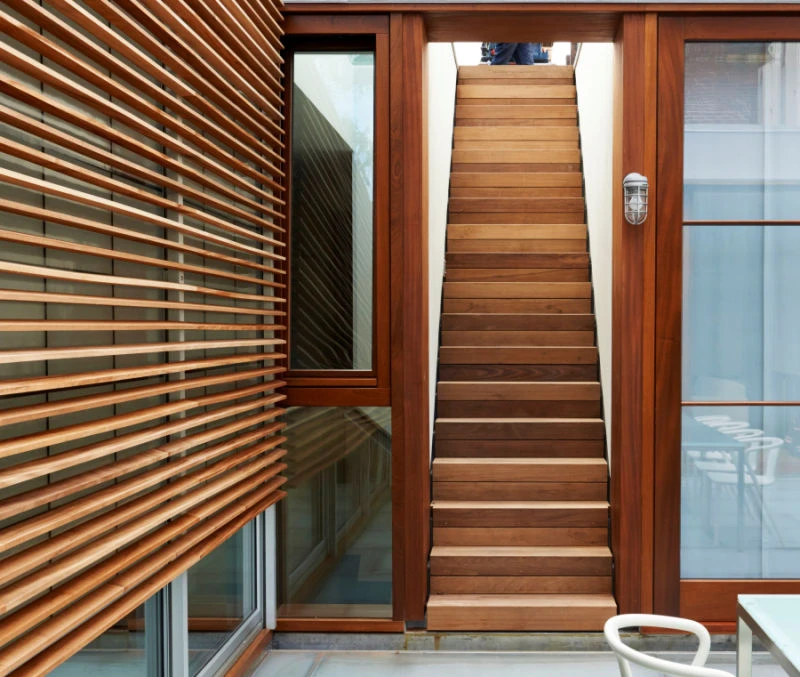
BUTZ + KLUG Architecture
You are not only a successful architect, but you are also an academician guiding new architects. How does it feel to shape the future of both the buildings and their possible architects?
I have had the privilege of teaching studio at some pretty great schools and have had some pretty great students, in sum, I am sure that I have learned more from them than they learned from me. It is both exciting and reinforcing to see students come to the same insights and have the same epiphanies that I experienced and to watch them go on to fight the good fight and do great things. It also helps keep you from losing focus and getting lost in the day to day exigencies of practice; it reminds you of the reason that you did this in the first place.

BUTZ + KLUG Architecture
When did you meet with Pamela Butz? How did you decide to establish your own firm? Could you tell us about BUTZ + KLUG Architecture?
We met in graduate school at Cornell studying Urban Design. She is an incredibly talented and passionate person. Our values, when it comes to design, align remarkably well and she is a constant inspiration. I remember making a mistake on our own house shortly after we started our practice and Pam pointing it out, not only was she right but she asked that if we weren’t doing this to make beautiful things then why were we doing it. When I write that it sounds a bit harsh but I didn’t hear it that way, it was inspirational and I knew then that we had the same aspirations and values and it was going to be exciting to work together.
That was 20 years ago. At about the 6 or 7 year mark, we were growing, we were about 10 people, I know for a lot of folks that are not growing but it was to us. As partners, we spent a great deal of time just going to meetings. We realized that as a design firm grows the creativity of the partners turns toward the business and the work is delegated. We both love the work so it was at that moment that we defined ourselves as ‘small’. This allows us to get deeply involved with the client, with design, and with construction.
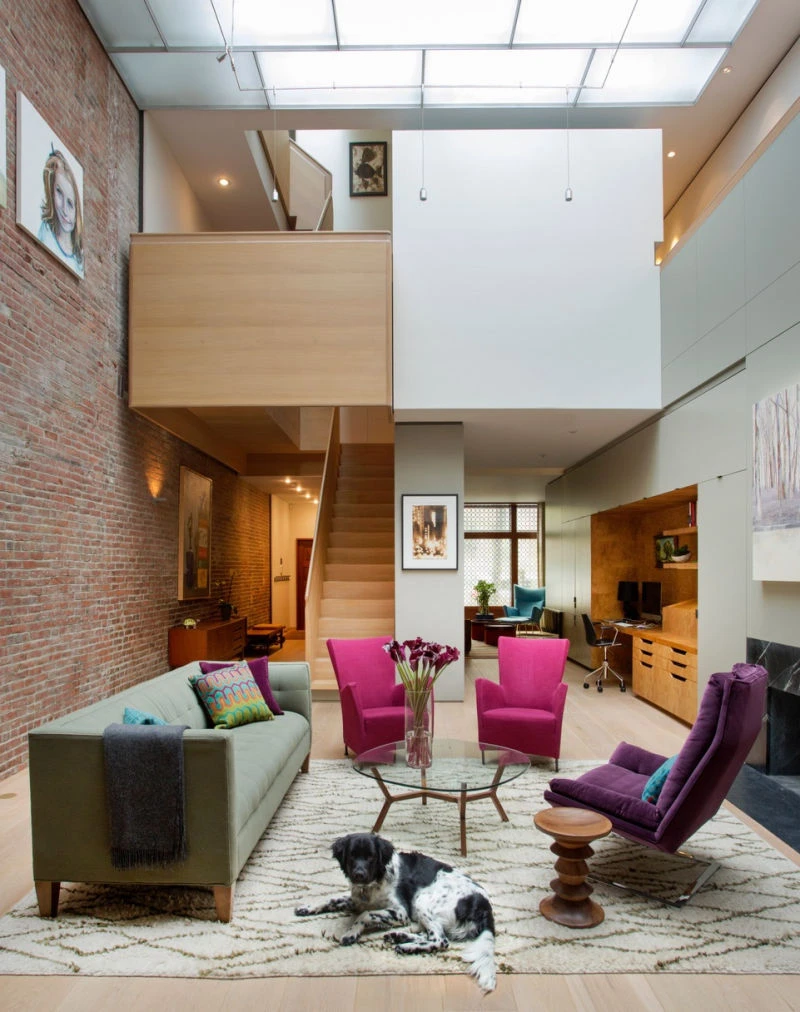
BUTZ + KLUG Architecture
What type of projects does BUTZ + KLUG Architecture specialize in? What type of services do you offer to your clients?
Our work is either private residential or institutional where the role of architecture is relevant to the mission of the institution. For us, the process of design is an iterative search that involves a great deal of client input. A client’s aspirations and priorities sometimes require iteration to evolve, to be discovered or to be clarified. This gives the design direction and focus, which all design needs. Sometimes I describe our role as discovering the rituals of a clients life that architecture can enable and enrich. Many times these rituals don’t have a name and are out of sink with the conventions of the building. An easy example of this in a house is the traditional divisions of rooms with names like ‘kitchen’ and ‘dining room’. It is rare in modern life that food preparation and consumption happen is such segregated circumstances; preparing a meal is as much a social activity as eating and it rarely makes sense to ‘change rooms’. Additionally, the ‘kitchen’ is not only a place where food is made, it’s frequently where bills are paid, email is caught up on, homework is done, and more significant family interaction happens there than any other room in the house. Many memories are made there, a lot of life transpires there. We like defining the architectural manifestation of these rituals.
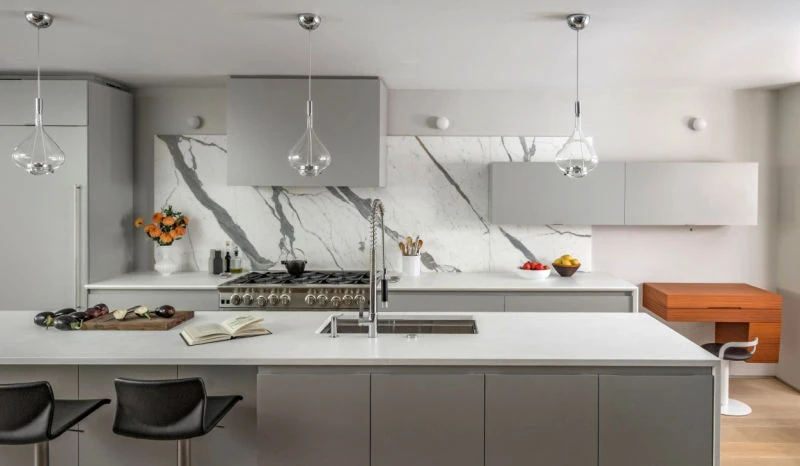
BUTZ + KLUG Architecture
What is your signature on your projects? What are you paying attention to make your projects unique?
Our projects are often described as ‘contemporary’ (although we work on a lot of quite old buildings) and we do tend toward simplicity, an admitted prejudice. They are also described as ‘well detailed’, or my favorite, ‘beautiful’, however, if a building or space becomes beautiful it is because we are investing thought, imagination, and creativity in the things that support the life we imagine there. When someone looks at one of our projects we want them to see themselves living there. What is really rewarding to us is to visit a client and see them living the life we imagined and watch how the spaces they live in enrich their life.

BUTZ + KLUG Architecture
All the responsibilities of millions dollar projects are on your shoulders. And you always have to adjust to a specific time schedule. How do you manage this situation?
These are really good questions by the way.
There is a lot of natural tension in construction because of the magnitude of the investment and the potential impact of schedule uncertainties. Stress in the construction process is the result of the loss of control, financial and/or time. We run projects so that clients have as much control as possible over both of those and the best way to do that is by setting appropriate expectations and having a high degree of transparency. Additionally, it is important to match the builder to the sensibilities of the client. Although you’d think that residential construction would be fairly uniform, there is a great variety in the business model of builders; how much they self-perform or how much they subcontract, how they manage projects, how much back office they have for project organization. All of this has an impact on cost and the client’s experience. It is absolutely imperative to match the builder to the project and client.
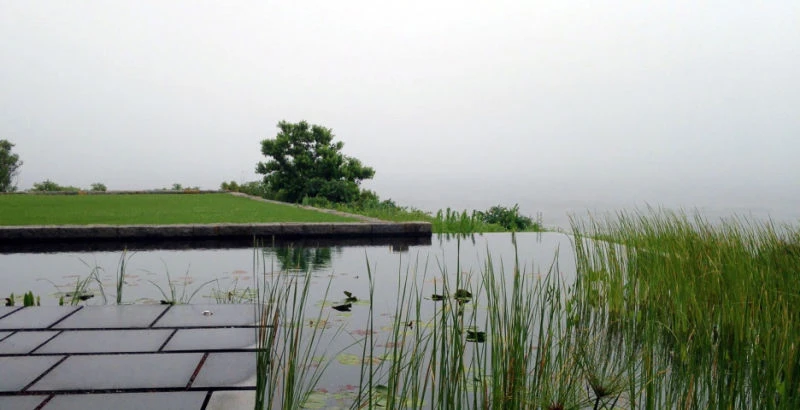
BUTZ + KLUG Architecture
You have lots of completed and in-progress projects. Could you briefly tell us about them? Which one is your favorite? What was the story of this project?
That’s a tough one, each one is a story; some are poems or short stories, some are novels, occasionally one is a trilogy.
It’s really difficult to say which one is our favorite, usually its the one we are working on. We have two very different projects in the office right now, one is a 2400 sq ft condominium renovation for a repeat client, actually, they were one of our first clients, both of whom are aesthetically and technically quite demanding. One has a background in design and is very insightful and sensitive to detail; the other has an engineering background and is technically very savvy. It will be a beautiful place and it is built to passive house specifications, meaning it could exist ‘off the grid’. We are responsible for the architecture and are collaborating with the client on the interiors and I expect that we’ll be designing some furniture. All of this is great fun.
The other one is new construction; a house on Cape Ann with an incredible ocean view, it is a site that we have already designed a pool and pool house for and it is wonderful to complete that project. It is definitely a project where iteration has clarified the client’s values and resulted in an extraordinary revision of the initial aspirations, balancing investment, scale and the natural beauty of the site.

BUTZ + KLUG Architecture
A lot of your projects and articles have been featured in notable magazines. What do you feel when you see your artworks in magazine pages?
Most of the magazines are published by folks who are promoting excellence in design, educating their readers, steering the direction of the popular understanding of design and making it relevant. It is an honor to be selected to be part of that community. Here in Boston, we have several publications that passionately promote good design and it is reinforcing to be a participant in that endeavor.
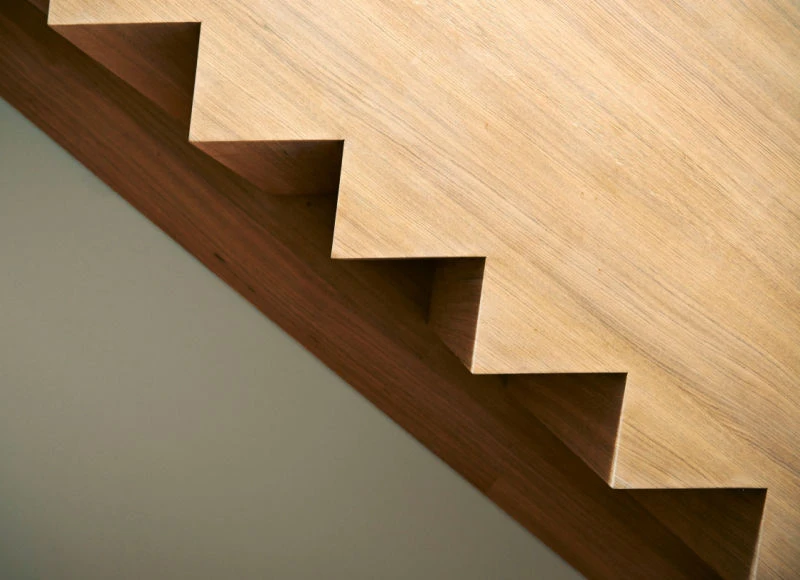
BUTZ + KLUG Architecture
What would you recommend to customers who want to work with an architect to build or renovate their home?
First, although you may never know this, your architect will probably be free, he or she will save you their entire fee in change orders, as your advocate on the construction site and in added value to your building.
Secondly, and I can see that choosing an architect can be very difficult, but it is worth the due diligence. Don’t just look at websites, visit buildings that you like, what you are looking for is not so much the style of the building as the level of ideation; how much thought has been put into the whole spectrum of architectural consideration, from the siting to the level of detail, be careful to distinguish between gratuitous novelty and true invention.
Third, once the process has begun be as engaged as is possible and ask as many questions as come into your head, even if it's uncomfortable. Client engagement is key to the success of any project and ultimately all good creative work, contrary to popular belief, is a result of collaboration.
How can our readers follow you and your projects?
Follow us on Instagram (@bk.architecture), however, I will add, don’t check every day, architecture is not fast, and good work takes time. We only post when we have something that we think will be interesting.
Thank you Jeffrey for your time and this enjoyable interview.
For more information, please visit website of BUTZ + KLUG Architecture
This interview was conducted in a Question-and-Answer format. The answers were checked for grammar and punctuation and published without any additional editing. Thursday, September 27, 2018. All photos are the property of their respective owners.